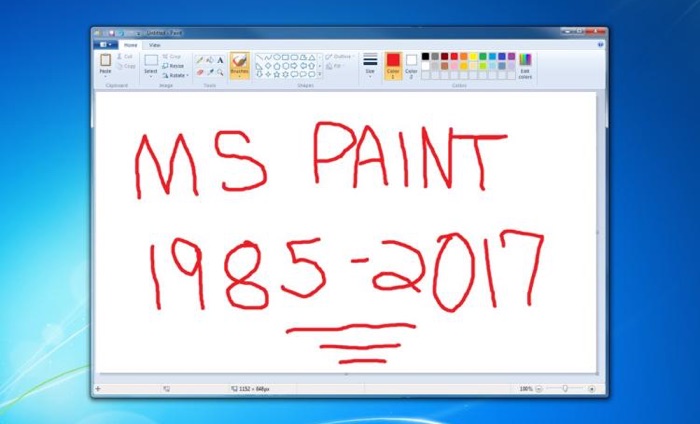

That’s the sweet spot for epic reframed action shots. For highest quality 360 videos, we recommend shooting in 5.7K 30fps AUTO. We recommend purchasing only name-brand microSD cards, such as SanDisk, and always through official resellers. For best results use UHS-I Micro SD cards with a V30 or above speed class and exFAT format.
#Editing insta 360 one x upgrade
Updates go out regularly with improvements and new features basically a free upgrade for your camera!Īnother pre-shoot essential is to make sure you have the right type of SD card. So without further ado, let’s dive straight in! Firmware and Camera Setupīefore you get started, have a quick check that you’ve got the latest versions of the firmware and app. (Looking for tips for the 4K Boost Lens? Check out this article instead.)
:no_upscale()/cdn.vox-cdn.com/uploads/chorus_asset/file/18342953/pesposito_150623_3544_6613.jpg)
#Editing insta 360 one x pro
So, to try and answer some of your questions, we’ve put together this set of pro tips and advice for Insta360 ONE X2 and Insta360 ONE RS (or Insta360 ONE R) with the 360 Lens, including: If we had a dime for every time we get asked these kinds of questions… let’s just say we’d have a lot of dimes! The fact is, there’s a lot to learn with 360 cameras, no matter your experience. “Instagram destroys my video’s image quality! What settings do you use?!” “What’s the best way to edit 360 videos?”

Since my videos usually take several hours to export, I can’t get anything else done with Premiere Pro for a long time, which is unfortunate.“Any tips for shooting high-quality 360 videos on ONE X2?” The downside is that you then can’t use Premiere Pro to edit another video while the first one is being exported. This exports directly from Premiere Pro without using the Media Encoder, and when you do this, the individual clip Source Settings are in effect during the export. What worked for me is to first get all my editing done, then turn on “Lock Direction” for every clip one-by-one, then click on the Program window once to select it, then File > Export > Media, set up my export settings, and click the “Export” button rather than the “Queue” button. Moreover, even if you set these options immediately before export, the options reset to their default states when you export if you queue the job to Adobe Media Encoder. It’s still unreliable – once set for a clip, it can mysteriously become cleared while you are editing your video, even though you haven’t gone back into “Source Settings…” to make changes. You have to set these options for each clip individually. no case – you can also select the Venture or Dive cases). The default settings are: “Lock Direction” is off, “Flowstate” is on, and “Stitching” is set to “Normal” (i.e. Partial good news – in the latest release of Insta360 Studio 2019 (version 3.3.2, Build at Ma20:55:20), the importer plug-in for Premiere Pro now has a “Lock Direction” option when you use “Source Settings…”. And as you mention, there is currently no option to enable stabilization with Direction Lock, which is really too bad, as that’s an important feature of the camera. You should watch the output window during export to be sure you are getting what you want. Videos composed of only one clip may be a little less frustrating. Even if everything looks right while editing, when you export, the options may change back to the default settings, or the importer may crash. These options mysteriously reset themselves as you are working with your video. However, the behavior is unreliable if you don’t use the default options. It also has an option to disable Flowstate stabilization.
:no_upscale()/cdn.vox-cdn.com/uploads/chorus_asset/file/21976646/bfarsace_201020_4248_0003.jpg)
#Editing insta 360 one x update
After you import a clip, if you right click on it in the project window and select “Source Settings…”, a dialog box will come up that gives you some options, including the option to select Venture Case or Dive Case (or no case) (so you might want to update your video, which claims there is no option for this). I’ve been working with the One X importer plug-in for Premiere Pro and attempting to use the no-stitch workflow.


 0 kommentar(er)
0 kommentar(er)
